10+ Thrilling Coasteering Spots Near You
Coasteering Checklist | Best Coasteering Spots in the UK
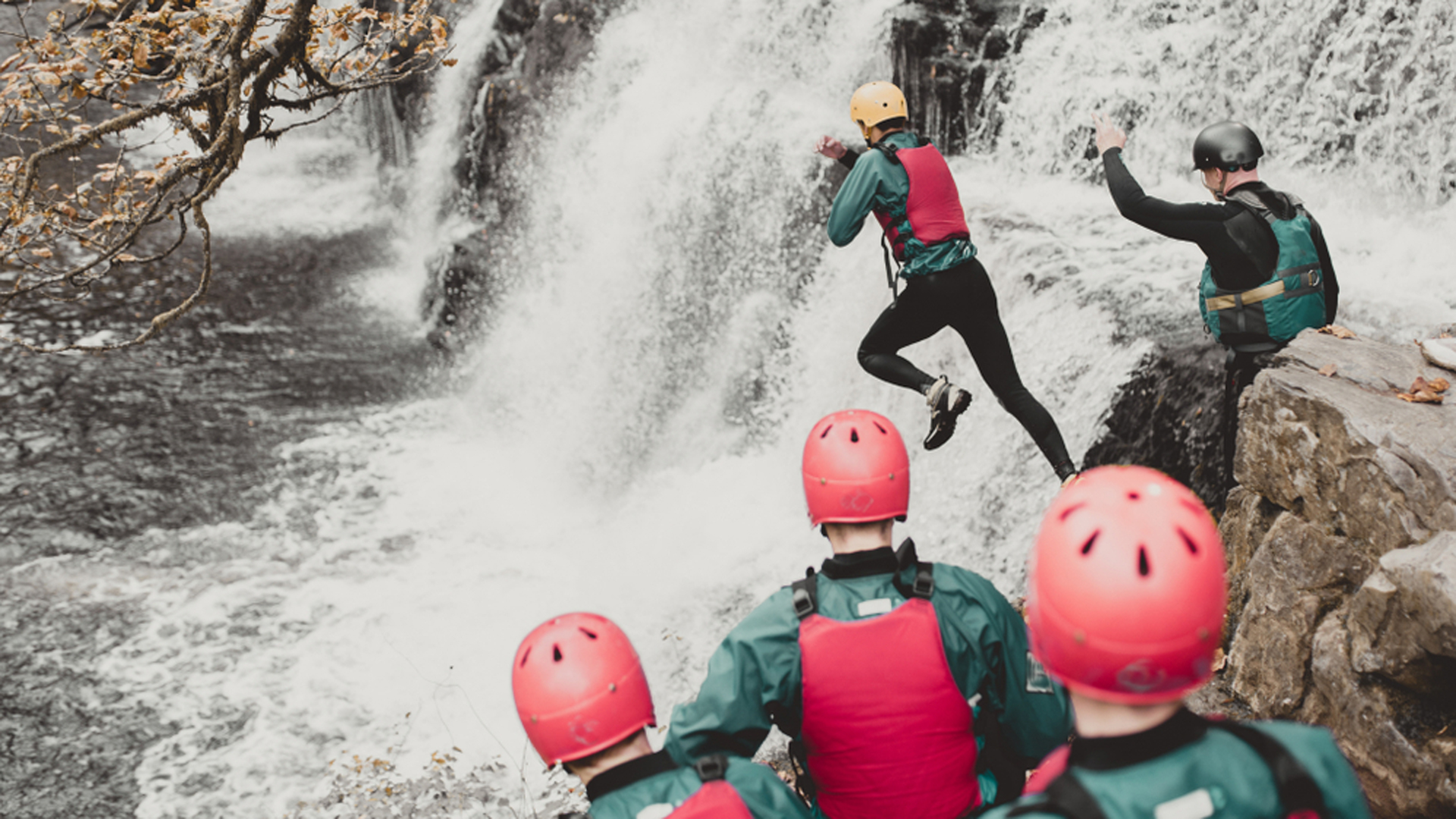
Coasteering is not for the fainthearted. The activity involves swimming, climbing, scrambling, and jumping into water from cliffs or rocks. The goal is to find the most fun and creative way possible to travel through the ‘impact zone’ (where the sea meets the land).
Please Note: Coasteering has numerous hazards. Regardless of your level of experience, it’s strongly advised to have a local guide accompany you, as they possess extensive knowledge of the sport in that specific location. Local coasteering guides will know what part of the coast to avoid and help you navigate your way through the coast safely. They’ll also teach you new tricks to improve your technique.
Coasteering in Dorset
.jpg?rev=9e1e0ae6435c491aa9e780c7b7d22bec)
A unique way to explore the Jurassic Coast in Dorset is by coasteering. The Jurassic Coast includes natural landmarks such as Lulworth Cove, Chesil Beach, and Durdle Door. This part of Dorset has a magnificent 200 million-year-old shoreline that UNESCO has designated a Natural World Heritage Site due to its outstanding geological structure.
After a day of climbing over rocks and cliff diving, wind down, relax, and watch the beautiful sunset over the south of England.
Discover our campsites in Dorset
Coasteering in Cornwall
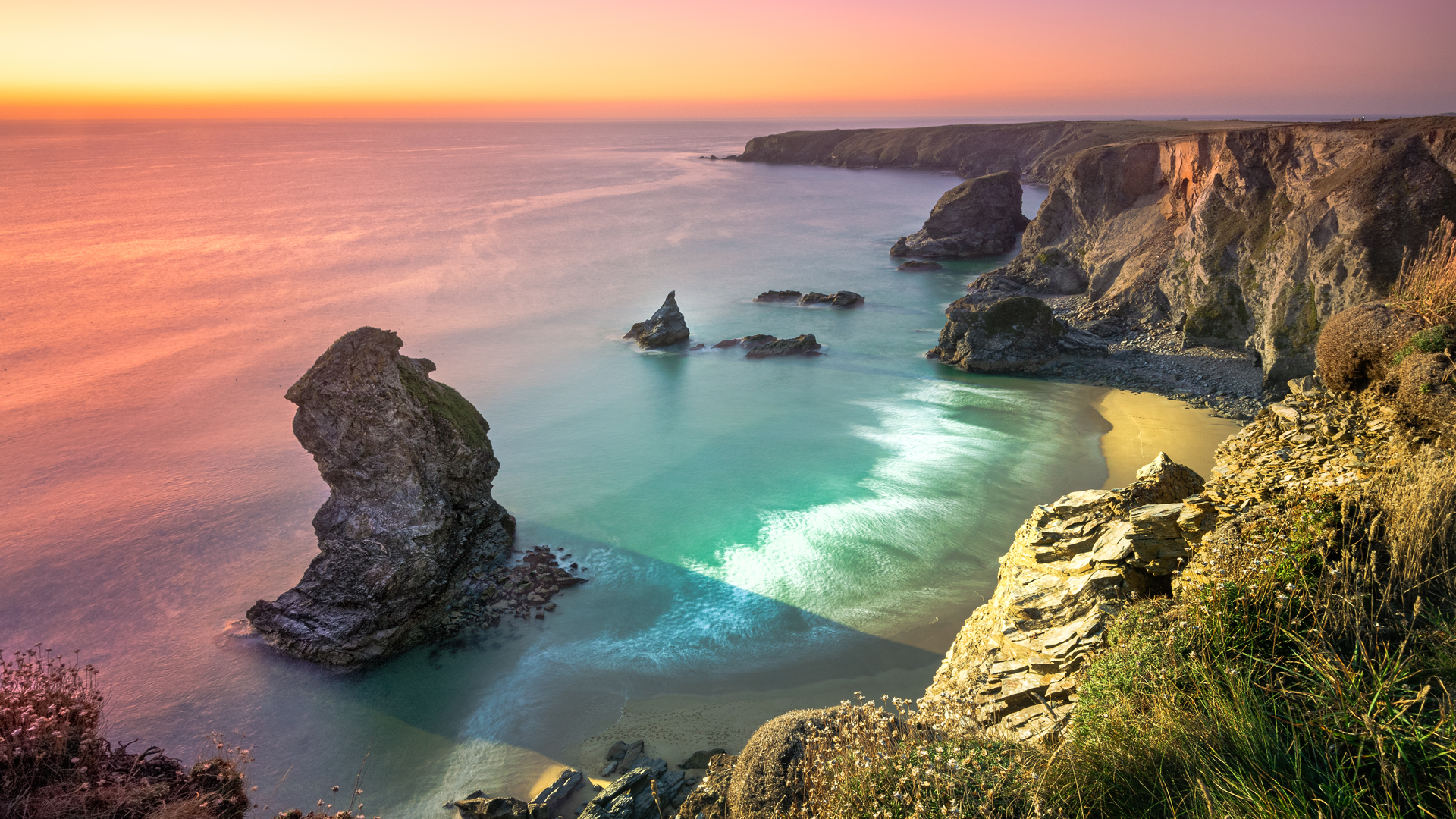
Cornwall is famous for having some of the most beautiful golden sandy beaches in the UK, and we couldn't agree more. The Cornish coastline is over 400 miles long and has plenty of nooks, gullies, and coves, making it the perfect place to try coasteering while camping.
Numerous locations in Cornwall offer an unmissable coasteering adventure, including Padstow on the north coast, Lizard Point on the south coast, or St. Ives to Praa Sands on the western tip. No matter where you venture, you’ll be sure to have a great experience.
Discover our campsites in Cornwall
Coasteering in Wales
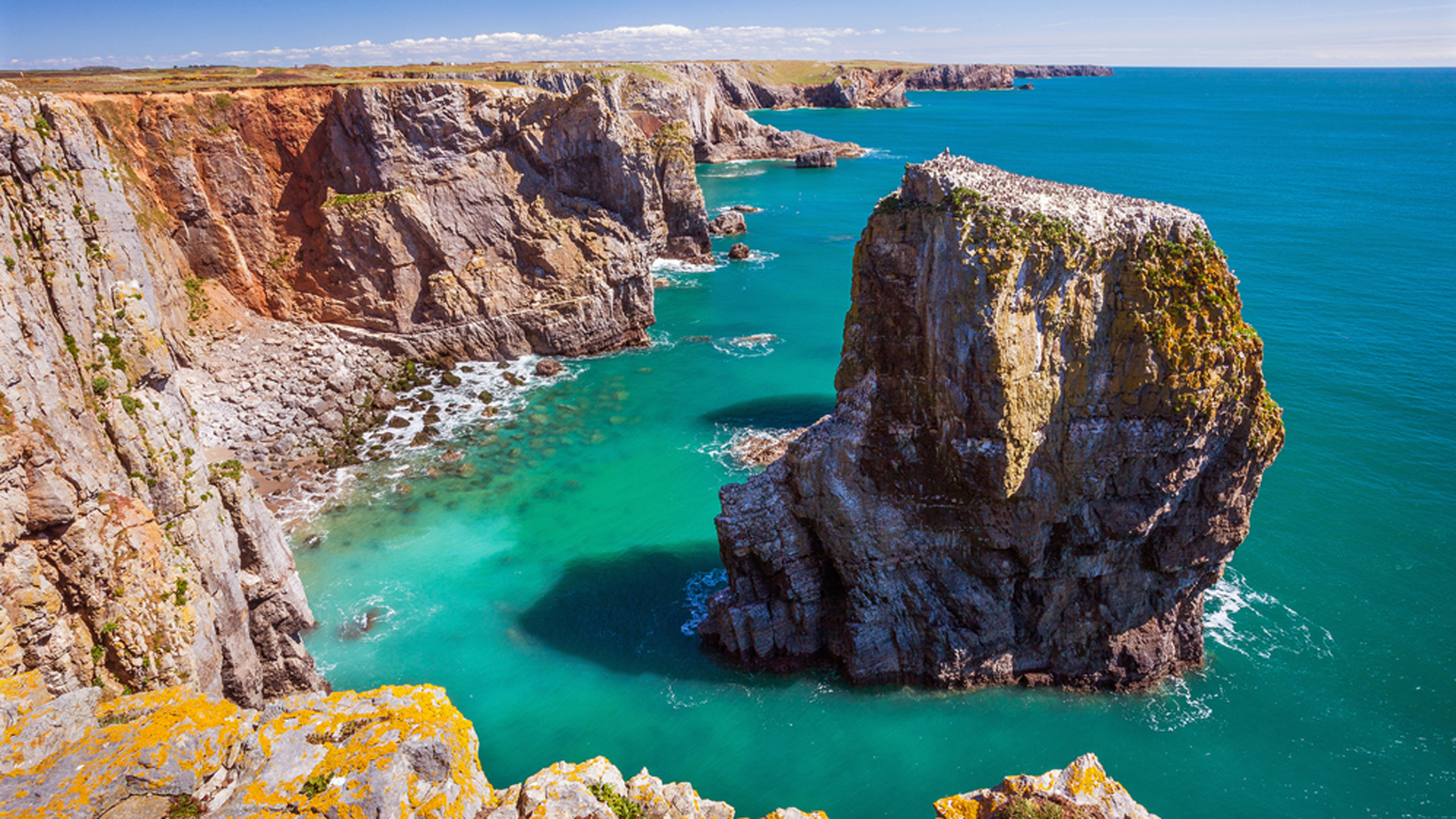
A fun fact for those new to coasteering, the sport originated in Pembrokeshire, Wales, in the 1980s as a result of surfers scrambling their way to the best surf spots along the coast. Over time, it became its own unique watersport, which is appreciated by many worldwide. Whether you’re camping in Pembrokeshire, Gower, Anglesey, Llŷn Peninsula or Glamorgan Heritage Coast, you’ll find many fun spots for coasteering and a lot of local guides that can show you how to get around safely.
Discover our campsites in Wales
Coasteering in Scotland
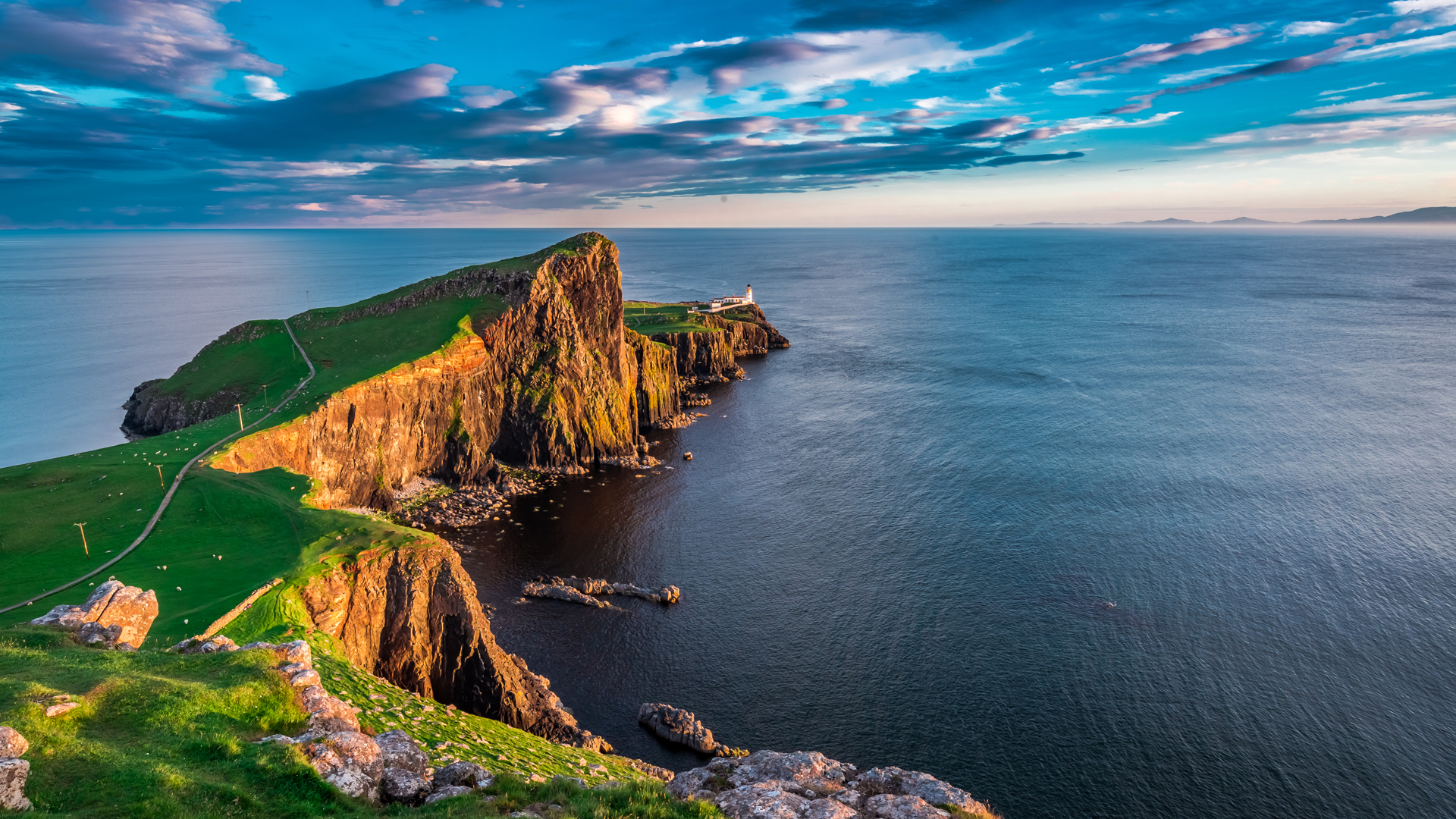
Whether you’re camping in Edinburgh or further into the Scottish Highlands, you’ll find plenty of coasteering opportunities around the country. Your adventure will consist of exploring the rugged coastline, diving from cliffs, and finding unique caves. Local coasteering centres offer guided excursions that show you all the hidden gems and best places to plunge into the Scottish waters.
Discover our campsites in Scotland
Coasteering in Northern Ireland
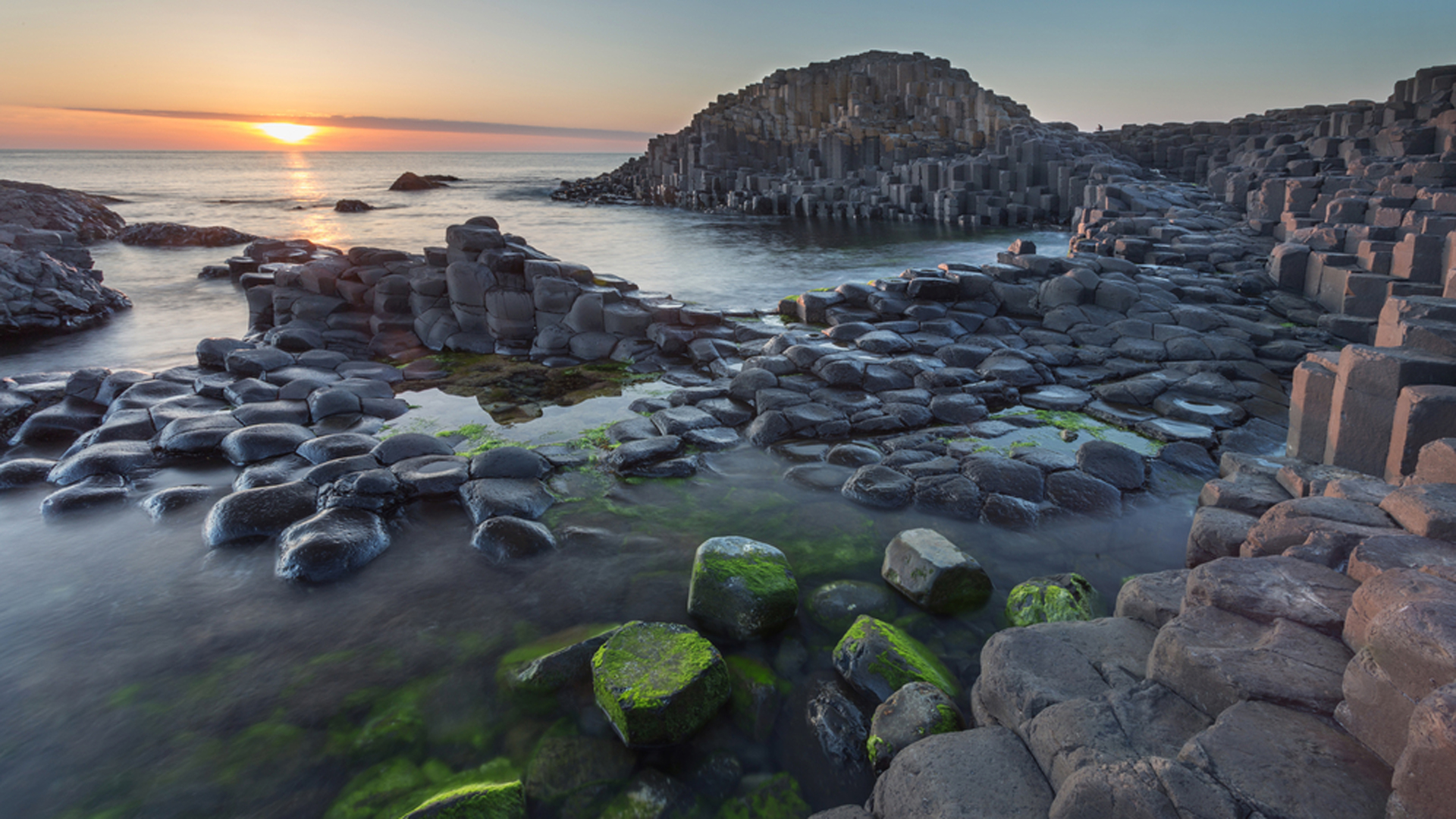
The Northern Irish border is a brilliant place to jump into the sea and have some fun whilst camping in the country. Some excellent coasteering routes can be found in Ballintoy Harbour (as seen in the second season of Game of Thrones), Ballintoy Cliffs (perfect for cliff diving and seeing picturesque views) and Causeway Coast (known for its natural beauty and dramatic cliffs).
Discover our campsite in Northern Ireland
Coasteering in Yorkshire
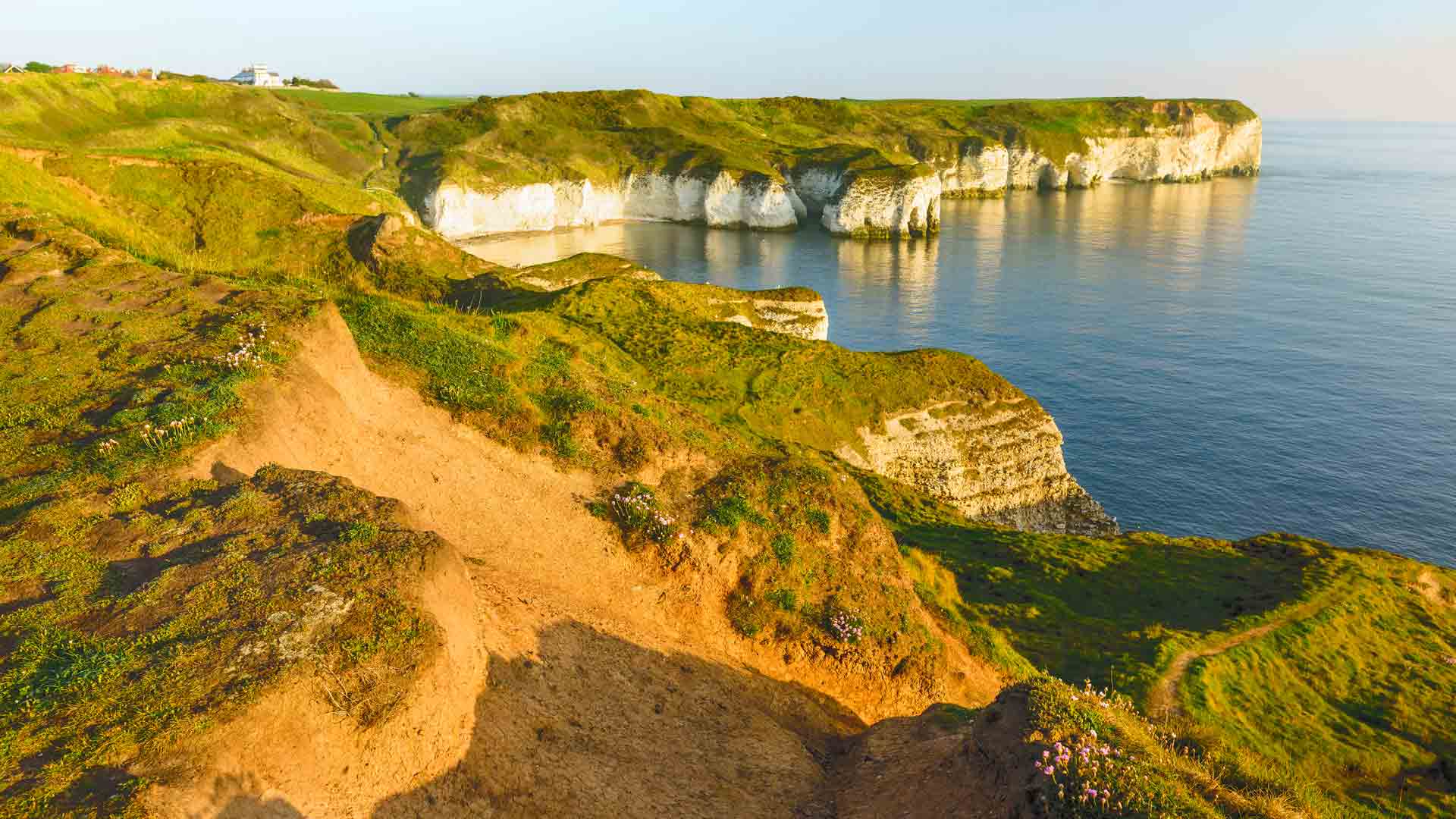
Along the Yorkshire coast, you’ll be greeted by rugged cliffs, sandy beaches and stunning rock formations — all perfect for a coasteering adventure. You’ll find great coasteering challenges and views in locations such as Scarborough, Whitby, and Flamborough Head. Depending on what time of year you visit, you may even come across spectacular wildlife. Between March and October, it’s estimated that half a million seabirds gather to breed on the chalk cliffs. If you visit between August and October, you may be in for a treat and spot some whales.
Discover our campsites in Yorkshire
Coasteering in the Isle of Skye
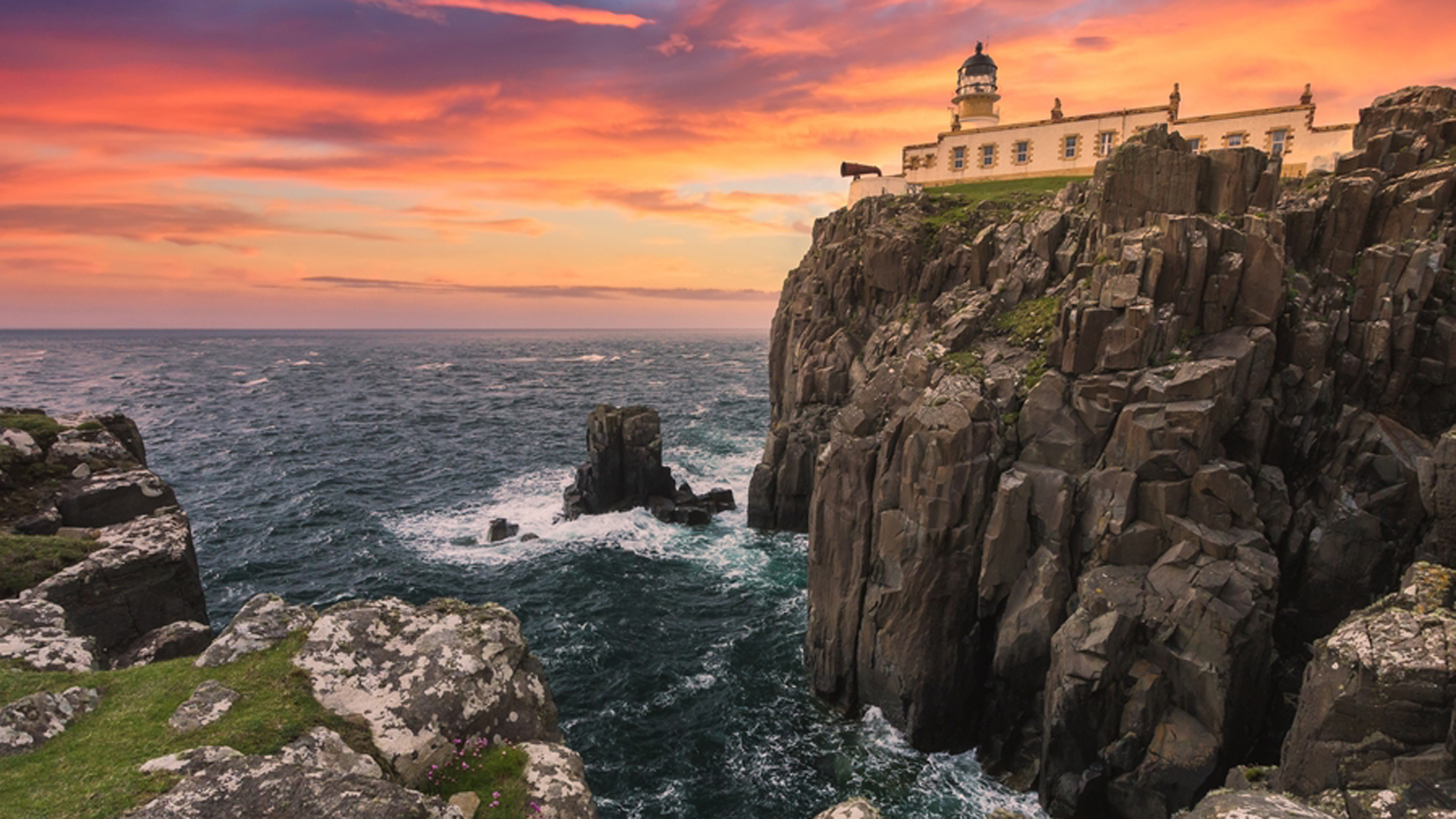
Take advantage of the Isle of Skye’s 400-mile coastline by scaling mountains and sea cliffs, exploring gorges and caves, and plunging into the sea. While embarking on this coastal journey, you can get up and close to Skye’s towering cliffs and hidden coves and relax on its pristine beaches. It’s definitely an unmissable experience for people new to coasteering and those looking for a fun challenge.
Discover our campsites on the Isle of Skye
Coasteering in Northumberland
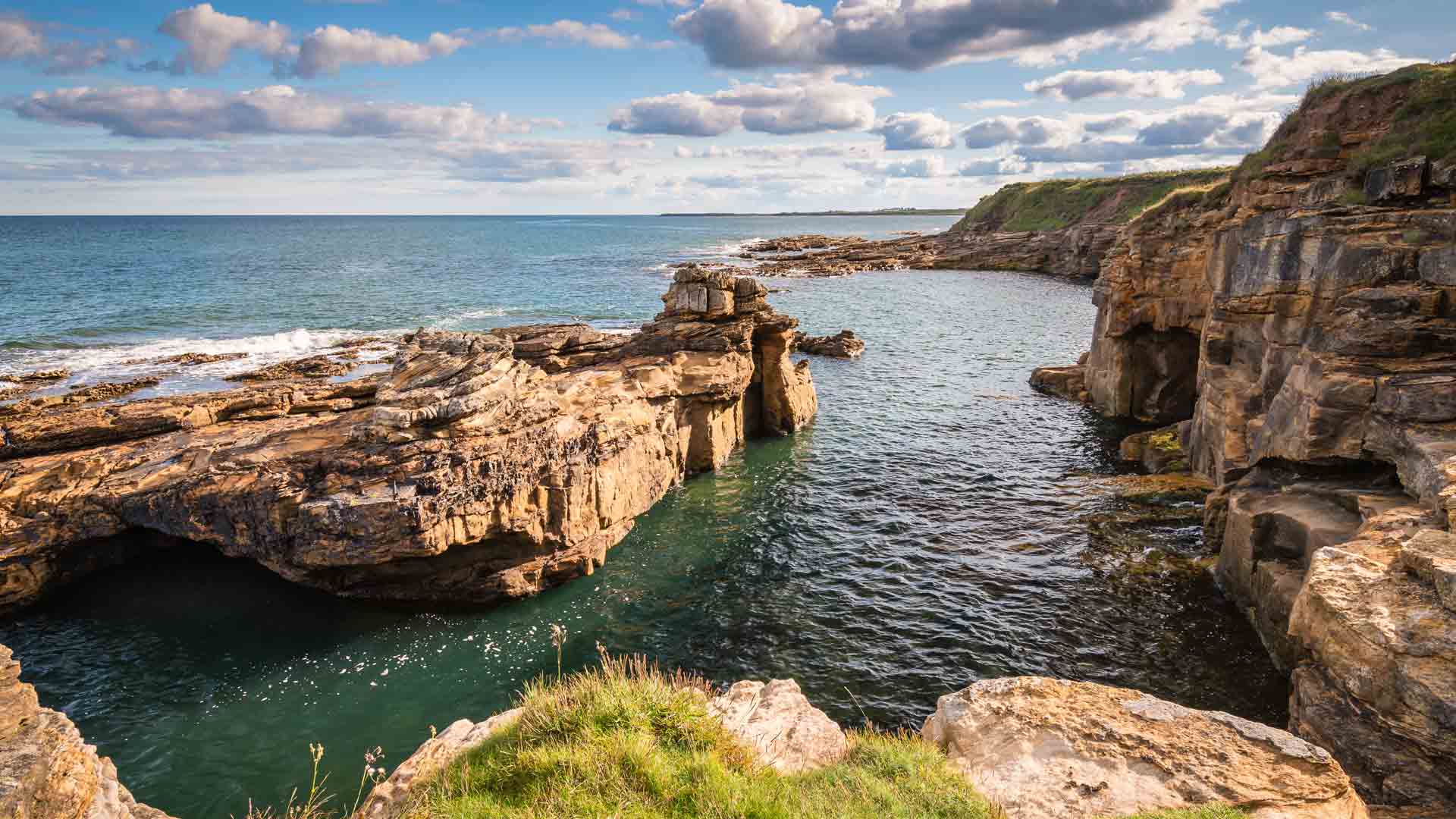
Northumberland’s coastline stretches over 100 miles and is designated an Area of Outstanding Natural Beauty. Along the coastline, you’ll find a mix of award-winning golden sandy beaches, quiet countryside, rocky outcrops and historical landmarks. Those coasteering in Northumberland can enjoy a unique way of exploring the coastline and marvel at the stunning views of the castles, islands and local wildlife.
Discover our campsites in Northumberland
Coasteering in the Isle of Wight
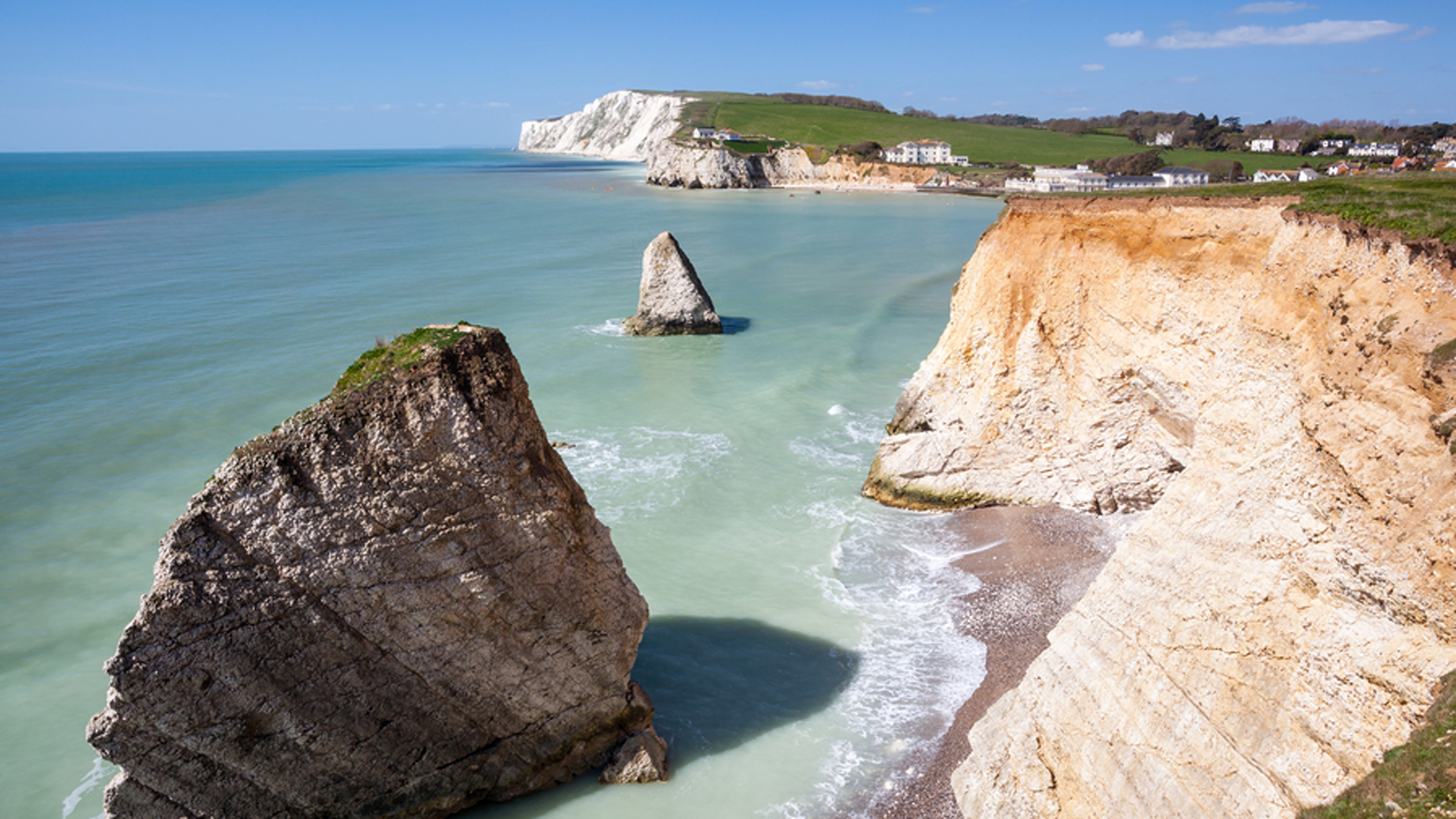
Located off the south coast of England, the Isle of Wight has a diverse coastline with a variety of coasteering routes. Spots such as Compton Bay, Freshwater Bay, and the Needles are great for both new and experienced adventurers, as they have many different rock and cliff formations that make for thrilling jumps.
Discover our campsites on the Isle of Wight
Coasteering on the Norfolk Coast
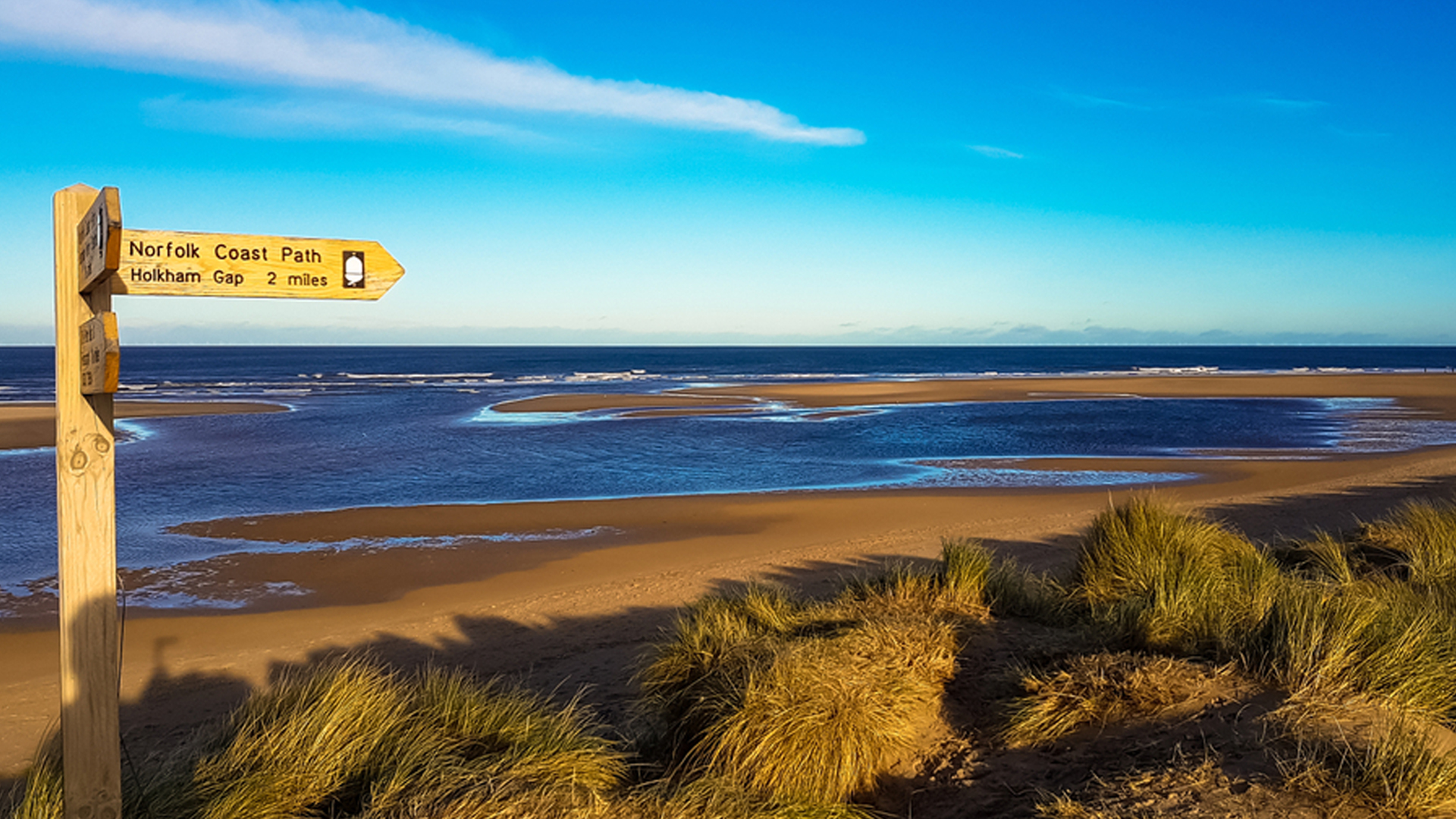
The Norfolk coast has a 90-mile-long coastline with spectacular views. Whilst coasteering in Norfolk, you’ll be able to explore secret coves, navigate through tidal pools, and leap into the North Sea.
Discover our campsites on the Norfolk Coast
Coasteering in Devon
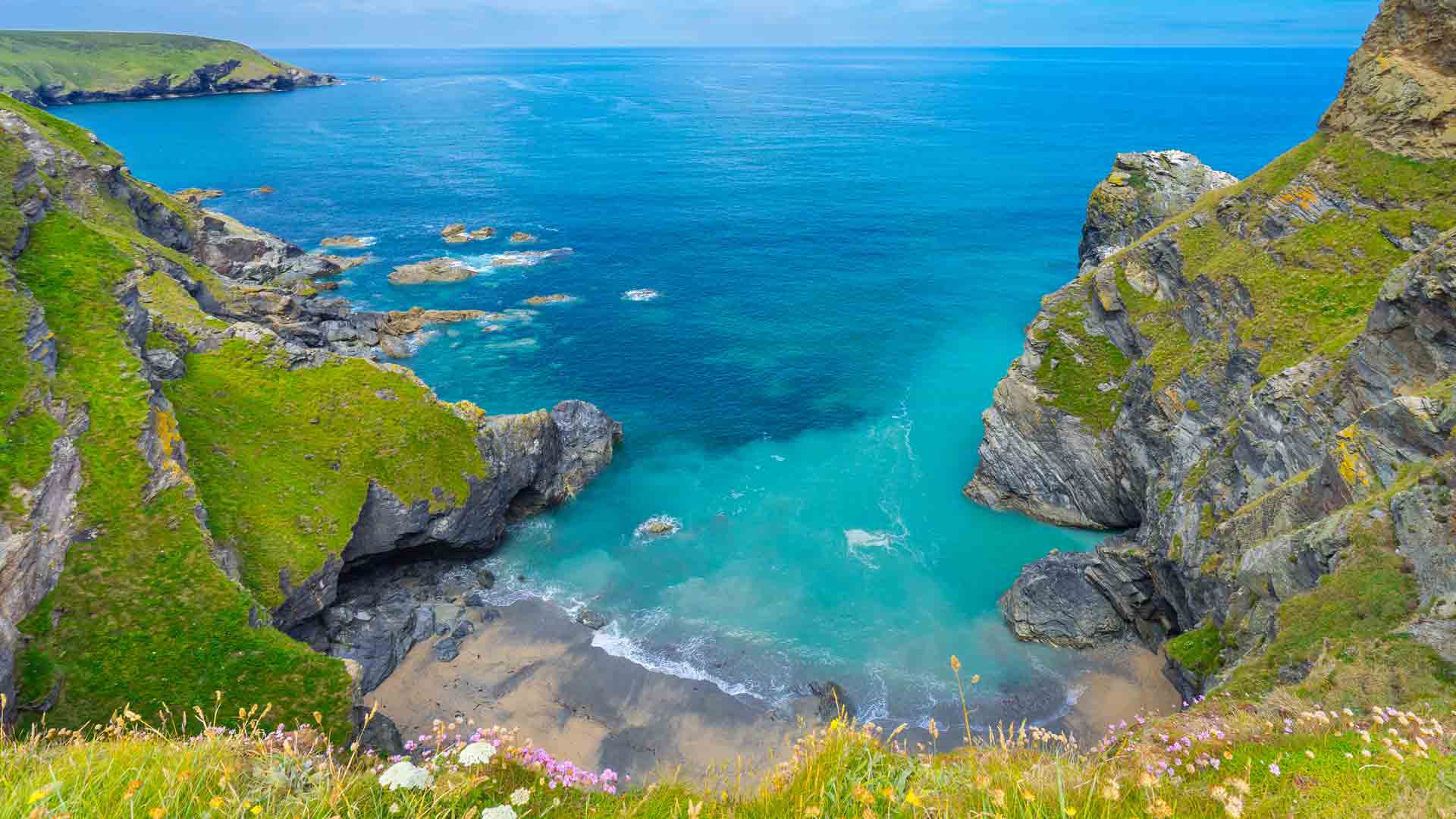
Experience Devon's hidden landscapes as you leap into the water, explore deep sea caves, and make your way to secluded beaches accessible only by sea. Devon has some of the most popular coasteering locations, which vary in difficulty. If you’re looking for a new challenge, definitely check out the coasteering opportunities available in Devon.
Discover our campsites in Devon
Coasteering in Cumbria
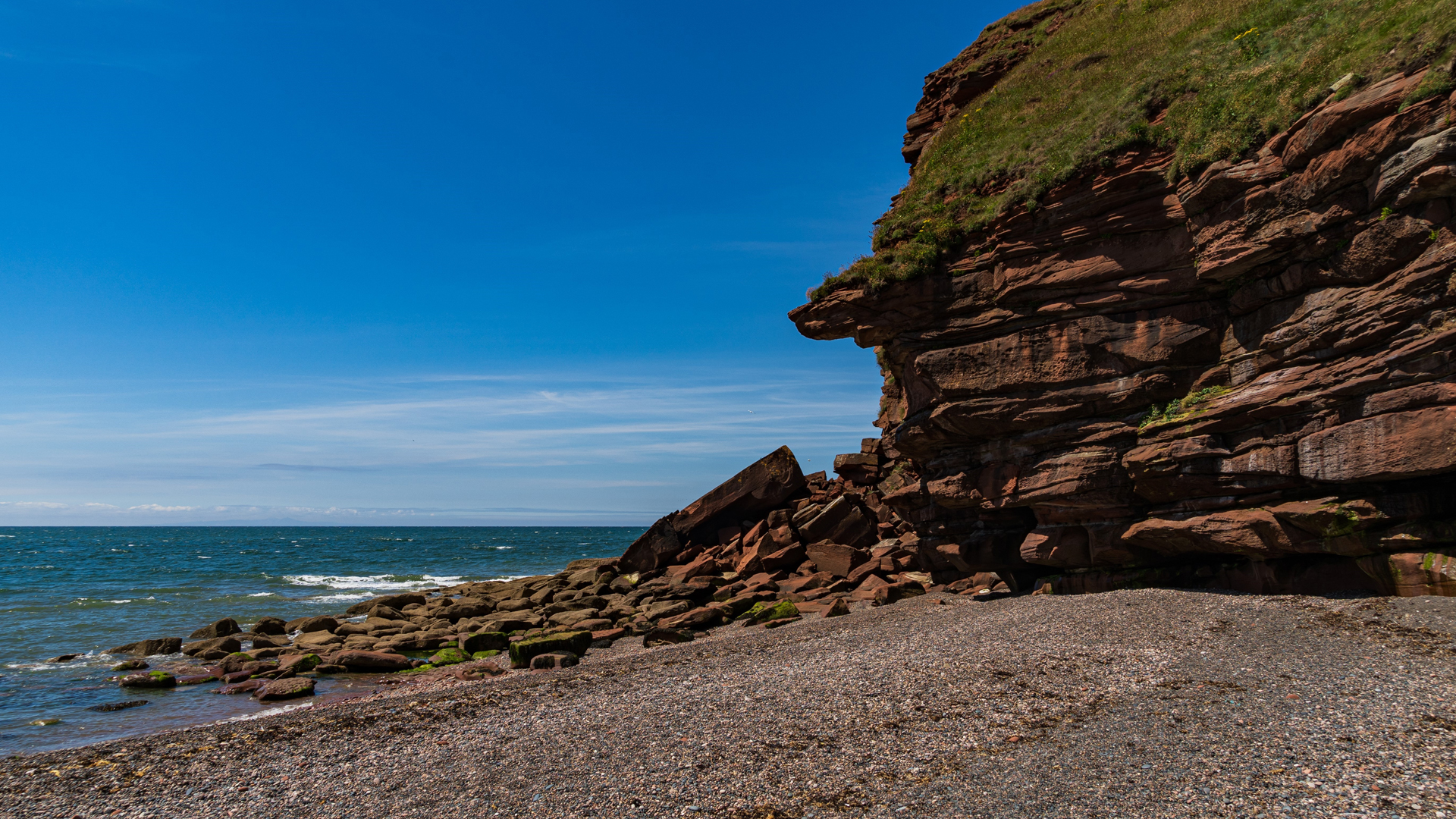
Cumbria is the ideal location for any outdoor adventure. A popular coasteering spot in Cumbria is from St Bees to Fleswick, but this route is not for beginners as it can be extremely challenging. The location is flooded with stunning coastal backdrops and landscapes, and there are plenty of opportunities for bouldering, cliff jumping, and cave exploring.
Discover our campsites in Cumbria
Coasteering checklist
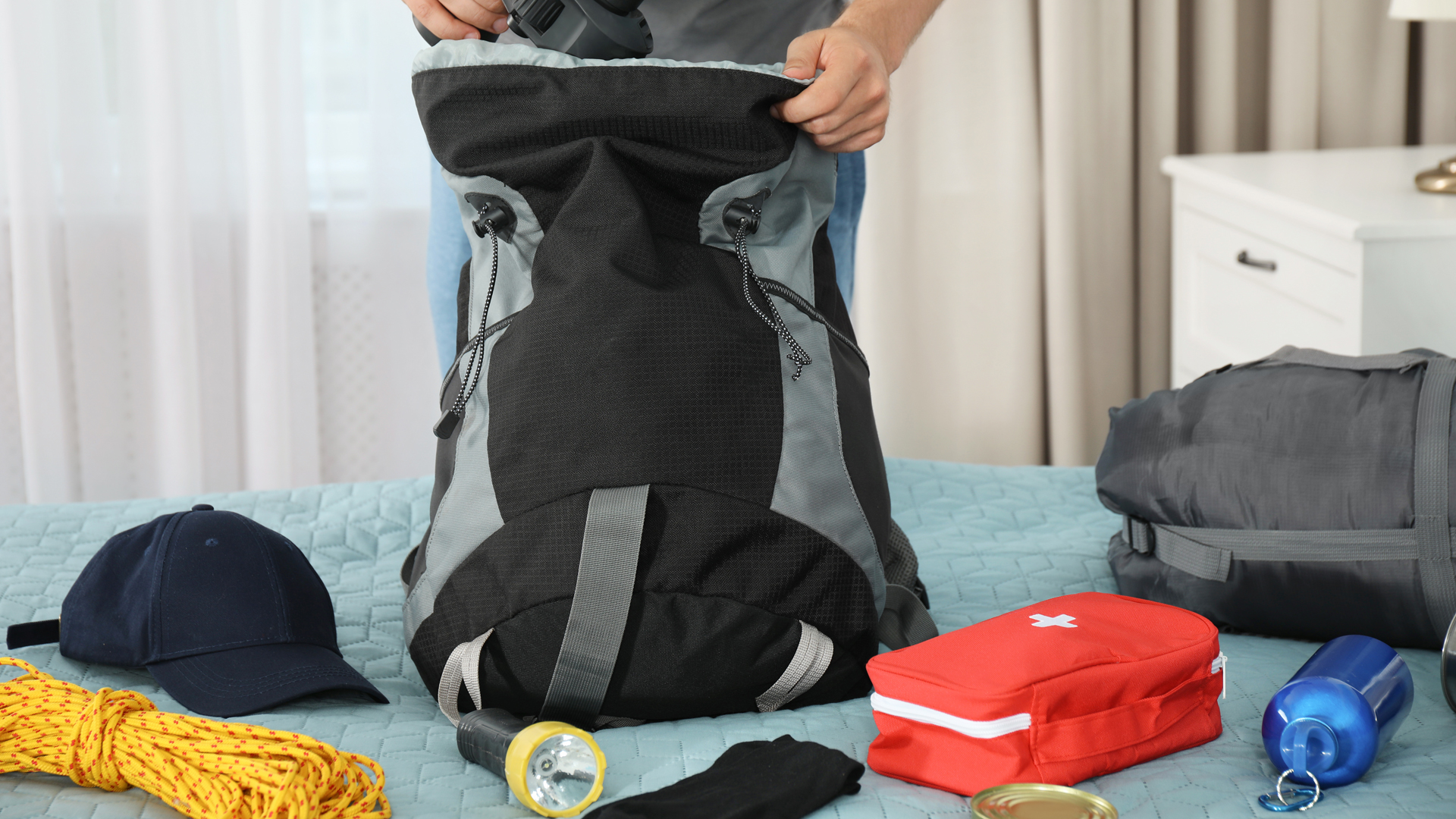
When coasteering in the UK, you must have the right equipment to avoid injury. If you book an excursion, the equipment will likely be provided, or you can hire it. However, if you would like to purchase your own, you'll need the following:
- Wetsuit: This will protect your skin from the rocks and water
- Helmet: While scrambling through cliffs and rocks, you could be hit by falling debris. A helmet will protect you from windy weather, water and any accidents.
- Wetsuit hat: This is essential for keeping your head warm and dry during the winter. It can be worn under your helmet to protect you from harsh and cold water.
- Buoyancy aid or life jacket: Even if the waters are calm, staying afloat when jumping in can still be difficult. A life jacket helps keep you above the surface and swim with ease.
- Gloves: Protect your hands from sharp or textured rocks and keep them warm and dry.
- Wetsuit socks: These are mandatory for protecting your ankles and keeping your feet warm and dry.
- Old (but sturdy) trainers: You’ll want to take a pair of trainers with you that you don't mind getting wet or further damaged. The trainers protect your toes from the rocks, ensure you have a good grip on slippery surfaces, and protect your feet from uneven and sharp surfaces.
- Over Shorts: Although it may look odd, an additional pair of shorts over your wetsuit is needed. It's an additional layer that’ll protect your wetsuit from barnacles and other sharp tugs that you might encounter when coasteering.
- Throwline: If a swimmer is struggling to get back to shore, a throw line will help guide them back.
Other items you’ll need when coasteering in the UK include:
- Waterproof bag: To carry all your essentials.
- Sunscreen: Whether you’re coasteering in the UK in summer or winter, you must protect your skin from UV rays by wearing sunscreen.
- Go Pro: Film your adventure by strapping a waterproof go-pro onto your helmet.
- First aid kit: In case of any accidents, a fully stocked first aid kit is needed.
- Phone: In case something happens on your journey, you’ll need to be able to call for help. Carry your phone or a flare to signal for help if needed.
- Waterproof torch: Coasteering could include making your way through caves. In those moments, you’ll need a waterproof torch to see where you’re going.
If you visit one of these magnificent coastlines for a coasteering adventure, share and tag us in your images on Facebook or Instagram.
